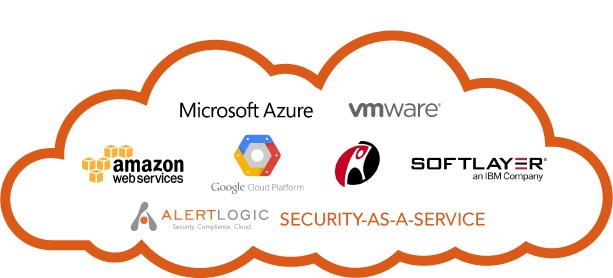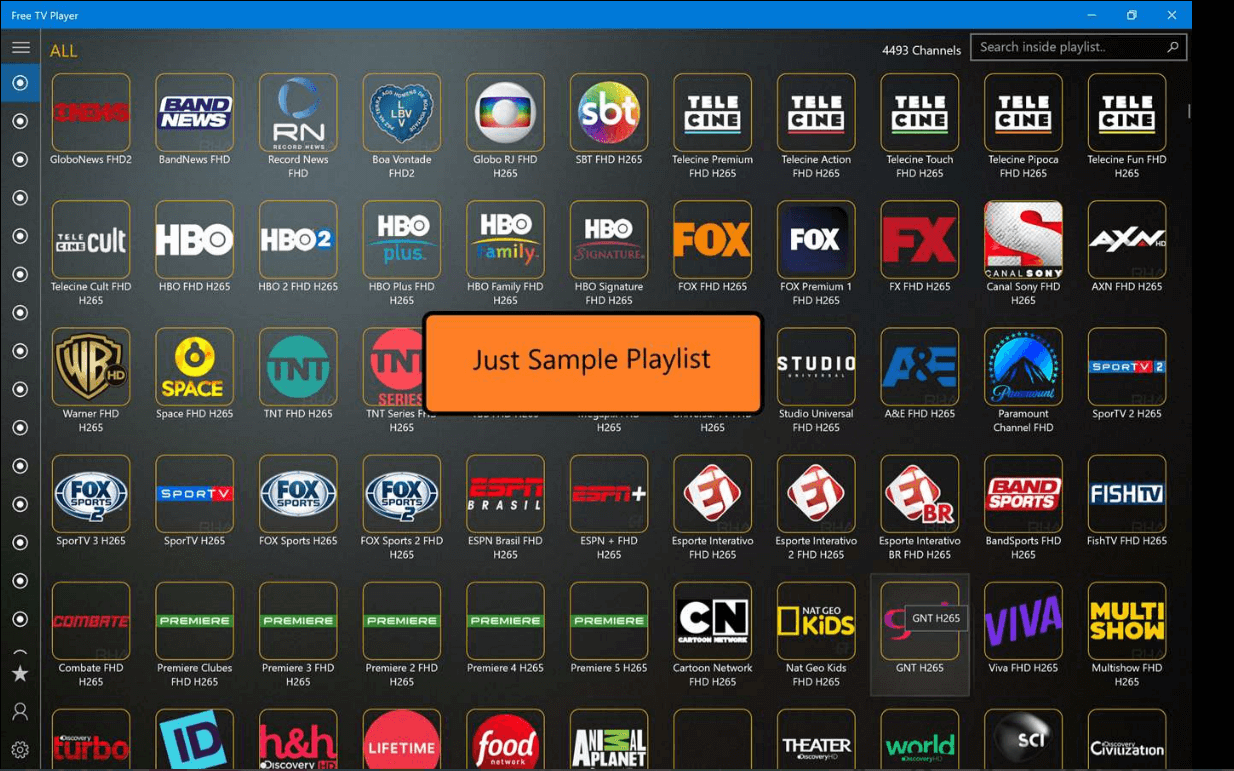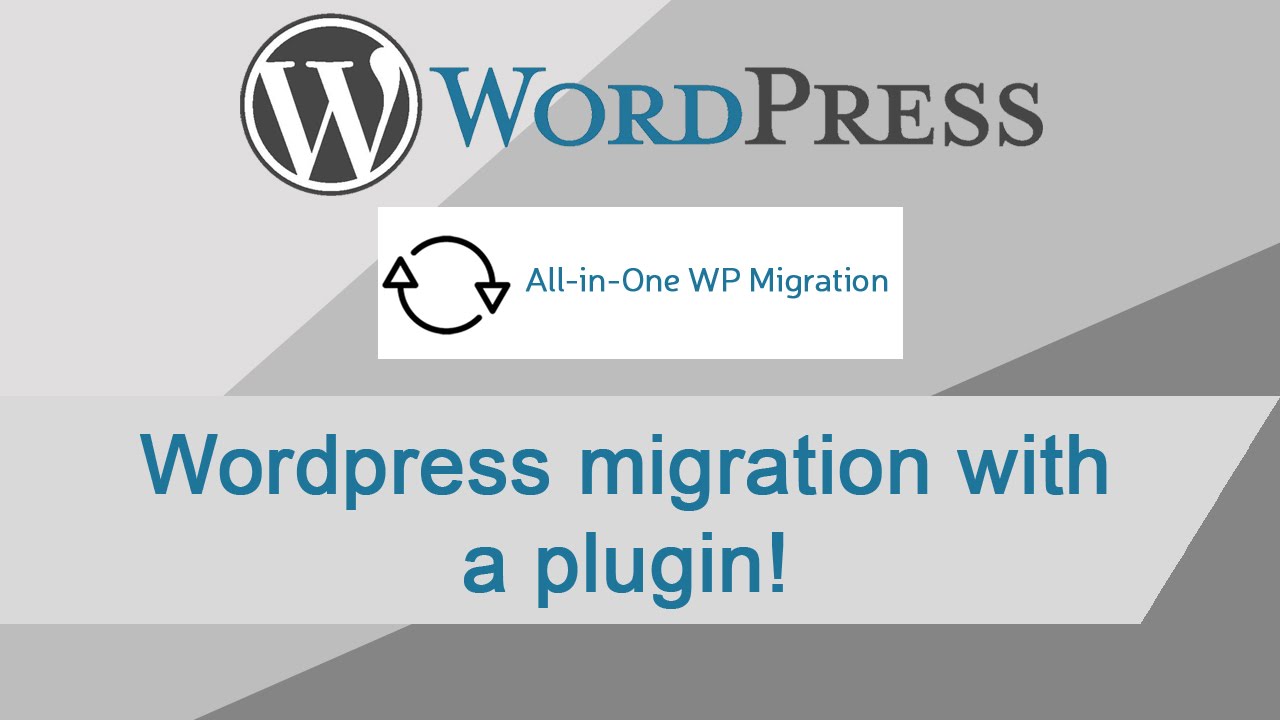If you are running a small business then the first thing that you will need to do in order to get the success you want from your business is to get rid of various kinds of myths. You should know that there were many small businesses around the world that were not able to complete even their first year of a business lifecycle because all of them were surrounded by different kinds of misconceptions. Well, we can’t talk about each and every type of misconception in this blog post but we can certainly narrow down our focus to one of the biggest misconceptions of small businesses and that is; there are many technological solutions that are not meant for small businesses.
Well, you should know that gone are those days when small businesses were not able to use the technology solutions because of their cost and complexity. In the modern era, technological solutions have become cost-effective and easy to use.
Well, there are many technological solutions out there that you can use in your small business and get expected results from your efforts but in this blog post, we are going to talk about the most admired and popular technological solution that is used by almost all the small businesses and that is cloud hosting. In the modern era, cloud hosting has become a new normal for most of the small business as it gives them a long list of benefits without burning a hole in their pocket.
Global accessibility, enhanced security, high uptime, scalability, flexibility, round the clock customers support, these are some of the most common advantages offered by the robust QuickBooks cloud hosting providers. There are many small businesses that have shifted from their desktop installed software to cloud hosting solutions.
For example, some businesses that used QuickBooks accounting software by installing it on their desktop have now moved to the advanced cloud platform by shifting to the cloud hosted QuickBooks solution. But you should know that just deciding to shift to the cloud platform is not enough as you will also have to make sure that you shift in the right way. There is a step by step process that you need to follow in order to shift to the cloud platform without any hassle and this is what we are going to address in this blog post. So without any further ado, let’s go through the step by step process that small businesses can follow in order to shift to cloud hosting perfectly.
Determine your need
One of the first things that you will need to do in order to shift to the cloud is to determine why you are shifting to the cloud. Well, you should know that the cloud hosting platform offers a wide range of benefits but you will have to be very clear behind your motive of moving to the cloud. Whether you are looking forward to reducing expenses, increase collaboration or have access from anywhere, you should be crystal clear behind your motive of the shift. If you will be clear about your motive then you will be able to work towards it and get expected results from the cloud solution without any hassle.
Choose the right cloud provider
After getting clear about your motive, the next thing that you will need is to choose the right cloud hosting provider. When you will begin your hunt for the best cloud hosting provider then you will realize that the market is full of many cloud vendors and that’s what makes choosing the right one a bit tricky. In the modern era, choosing the right cloud vendor is very necessary. You can narrow down the available options on the basis of their experience, high uptime, track record, security and customer support. By working with a good cloud vendor, you will have enhanced cloud experience.
Train your employees
You just can’t introduce the cloud hosting solution in your business as a surprise. Your employees have been working on the traditional business solution for many years and they will surely need some time in order to adjust to the modern and advanced cloud solution. Although cloud hosting is not rocket science, still you will need to give an ample amount of time to your employees and before introducing the cloud solution, you will also need to give your employees proper training as well. This training should be of at least 4–5 days.
Keep tracking
You just can’t pick a cloud hosting solution and completely forget about it. You will need to keep tracking the outcome of the shift and keep tracking the performance of the cloud hosting solution in order to know whether the shift to the cloud is working in your favor or not.
So you have by now decided to make the move and also have the team to help you do this. The next thing that you need to identify is the cloud environment which will help you achieve your goals.
The first decision you need to make is which type of cloud is suited for your applications. This blog post gives the comparison for each along with their pros and cons. You can also go through this blog post to see if your apps fall under the criteria best suited for hybrid cloud.
Once you’ve selected the type of cloud you will use, you need to determine the architecture you’ll need for the migration. List down the apps you will migrate. Based on the analysis done in step 3 (Assess your environment), determine the components you will need.
Once you’ve identified the architecture, you need to select the cloud provider that will meet these needs. Select a provider which meets your architecture needs and also stays close to the objectives you want to achieve (Step 1)

Apart from this, you also need to look at other factors while selecting the provider – like the promised SLA, prompt customer service, great feedback etc.
Now that you have everything ready for the migration, the next step is to plan how it will take place. It is important that the plan takes into consideration the following
- Minimal disruption time
- Order of migration of applications
- Deadlines and tracking of key metrics to define a successful migration
- Changes to end-user processes because of the migration and any training required
You might come across other potential issues which you need to plan for before beginning the migration and to follow during/after the process
- Planning – check
- Strategy and timings – check
- Now comes the real deal – the execution. Here are the steps you need to follow for a successful execution
- BACKUP Your Data – we cannot emphasize this point more. The first thing to do before migration is backup your existing servers and data to ensure you do not lose anything. Make sure your data is safe and easily retrievable. Also ensure your processes do not fail during the migration
- Deployment – Next is setting up the cloud environment. This includes provisioning, connections and testing all the individual components and testing them in totality
- Migrating the data – once the deployment is done, it is important to migrate the existing data to this new cloud solution so that business continuity is maintained. The first data load will take time and might also need changes to the data to fit the new cloud setup. Once you have moved all the data, all connections should be tested fully – this is Important.
- Testing – the final step to the migration is testing and tweaking. Once the data has been moved, you need to ensure that everything works as expected. Make sure your data is present and correct and the environment is secure. End users should not come across any issues while using the app and if any tweaks are to be made, they should be done as a part of this phase (with regression testing of course)
Once your migration is completed successfully, it is important to implement monitoring to help identify and fix any issues that might come up with the cloud environment.













